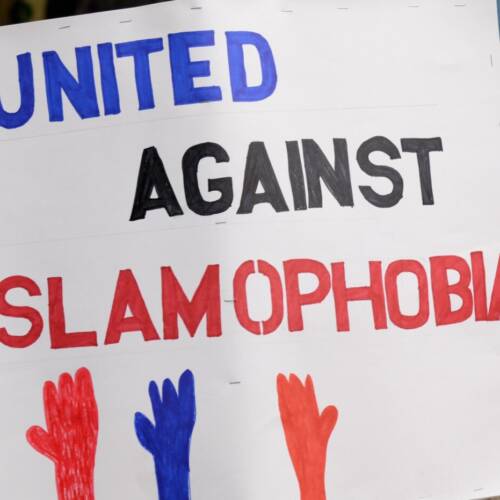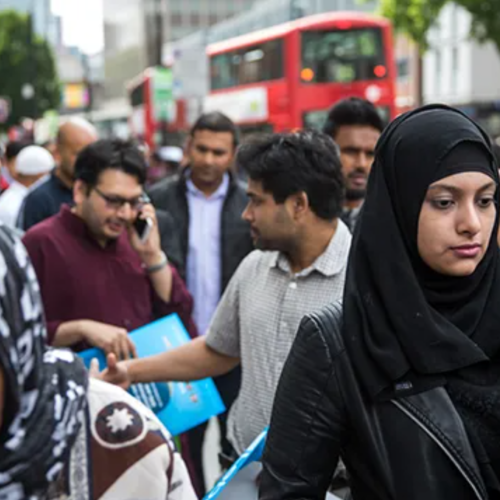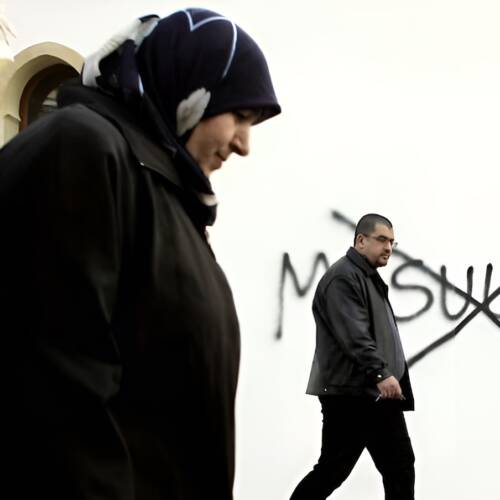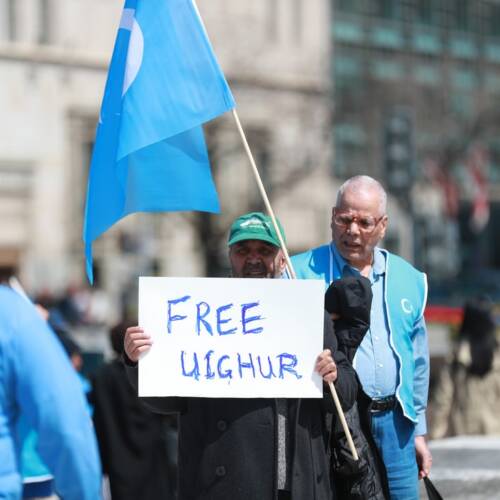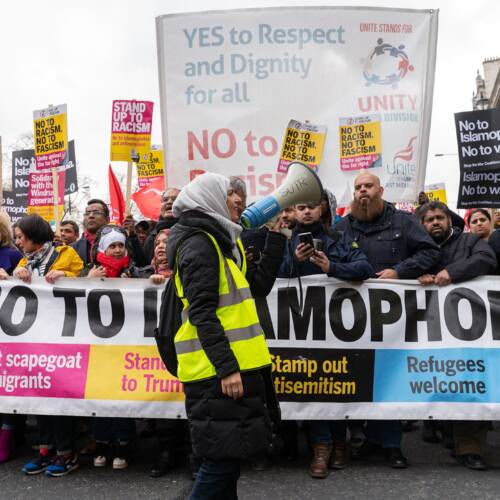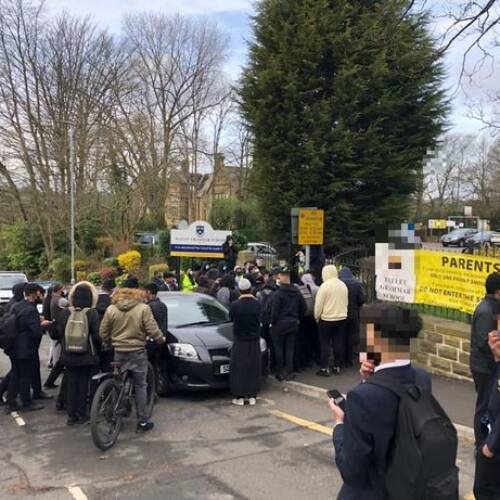
Far-Right Extremism: Current Landscape and Future Trajectory
27 Jan 2020There has been a lot of talk lately about far-right extremism and the growing threat it poses in the UK. We hear a lot about it on the news and we all may know someone who has been the victim of an attack or hate crime, perhaps by someone holding far-right ideology. But there has been much misunderstanding from politicians, the media and the public about the term and what it means. Which leads us to ask: What is far-right extremism? What do far-right extremists do? And why do we care?
Britain has seen a sharp rise in attacks by far-right groups against ethnic and religious minorities. But Muslims have been especially targeted. According to stats, just under half (47%) of all religious hate crime was targeted against Muslims in 2019 (3,530).
As we will see in the articles to follow, which explore the history of the UK far-right, far-right groups have been operating since after WWII, and they are by no means a new phenomenon. Some are focused on street protests; others, electoral gains; and a minority, ideological issues. And while their hatred was at times (and still is) directed heavily against Jews, Roma people, or even (in the early 2000s) against Polish immigrants with the slogan “they’re taking our jobs”, it seems that their hatred is now directed more vocally against us as Muslims.
In the UK today, there are four main ‘strands’ of far-right extremism: anti-establishment movements, including the so-called Yellow Vests, counter-jihad groups, the identitarian movement, and neo-Nazi organisations. While the Yellow Vests are much less prominent than they were at the beginning of last year, especially during the Brexit debacle, the other three strands are still prominent in our society and encompass a wide range of groups. It is important to note that far-right groups also differ in their desire to engage in politics or remain as social movements, whether shouting from the streets or from the ballot box.
While these are distinct strands, with far-right groups obtaining varying levels of support, recognition and differing degrees of violence, they exist along a spectrum of three core characteristics. These characteristics were highlighted by Dawood Masoud in an article he wrote for Urban Muslimz in December and they include cultural, religious and ethnic or racial supremacy.
So even if you have a neo-Nazi or a counter-jihad group, while their tactics, support and level of violence might differ, they will have at least one if not all three of these characteristics. For example, the group Britain First, which touts itself as a “patriotic political party”, focuses primarily on concerns surrounding jihad and extremism to voice wider anti-Muslim sentiment, therefore espousing religious bigotry and religious supremacism. It is also an anti-immigrant organisation, having led disgusting ‘migrant patrols’ near Dover, and it has a history of stigmatising and saying racist remarks against migrants and immigrants, therefore also mired by cultural and ethnic supremacy.
What we hope to do in this series of articles, is to better understand the far-right and place different groups along the spectrum identified above. It is only by better understanding the groups, people, ideas, and threats to our communities that we can better counter the threats against us. At Urban Muslimz, we hope that this article can be the first of a wider series on the far-right, which will also explore the UK’s far-right history, as well as a deeper look at what far-right extremists believe in and why.


